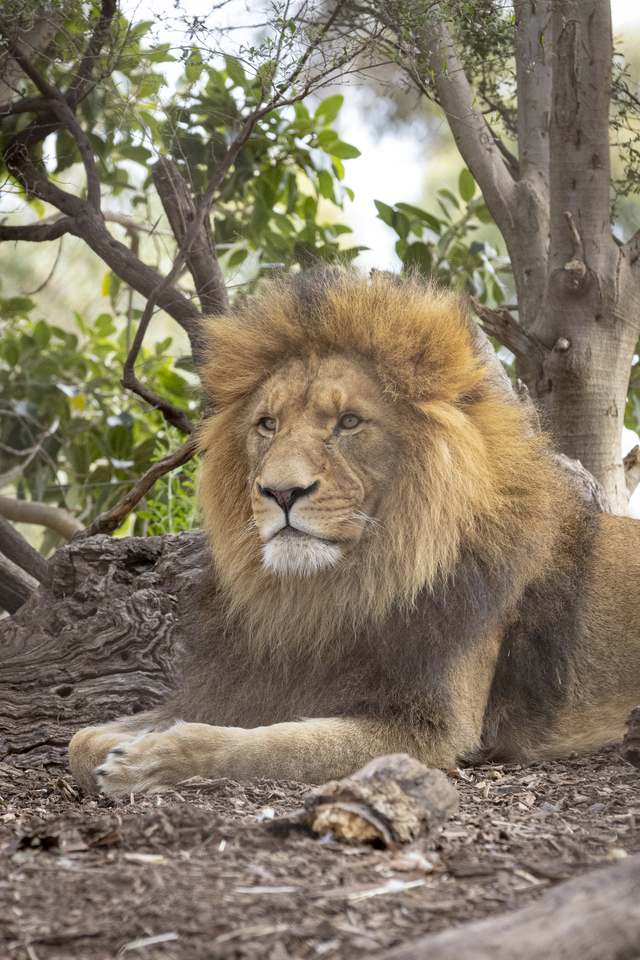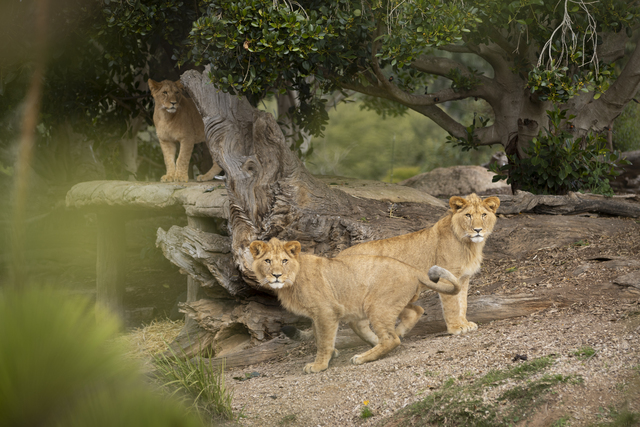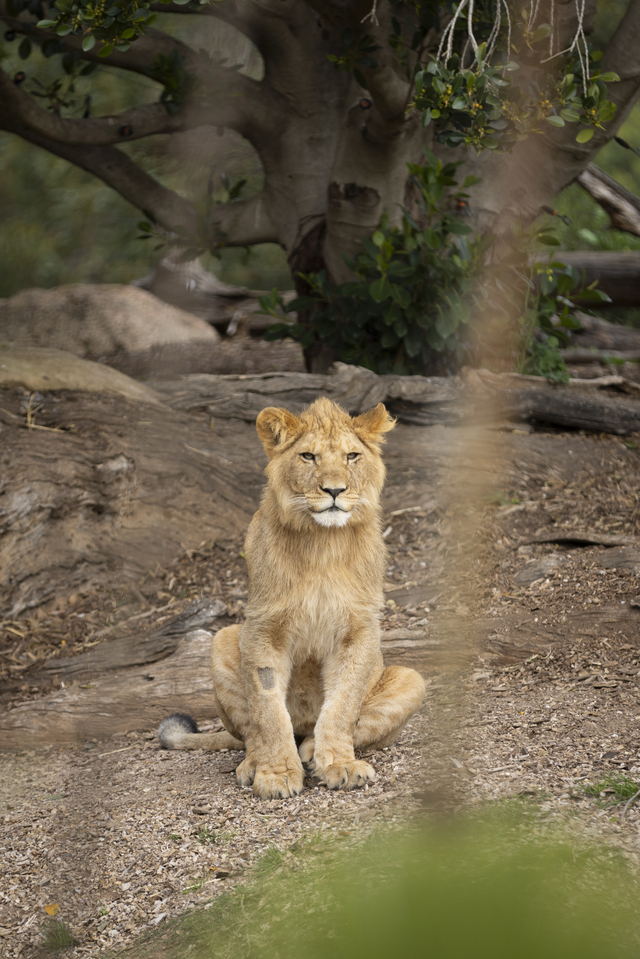Who said growing up isn’t fun? Werribee Open Range Zoo’s lion cubs are taking their first steps into adulthood as they begin to form their striking iconic manes.
After melting the hearts of Australians as newborns last year, now one-year-old male Jango [pronounced: Jan-go] and Mwezi [pronounced: M-weh-zee] are starting to sprout an adorable short fuzzy fur collar around their necks, shoulders and ears.
Werribee Open Range Zoo African river trail keeper Laura Hickleton said the cubs’ manes are starting to darken in complexion and provide a contrast to their yellow-golden coat.
“The growth of their manes marks the cubs’ transition into sub-adults, which is comparable to humans reaching their early teenage years,” Ms Hickleton said.
“They’re also looking a little lanky in stature and their manes are quite patchy and different colours. So, they are definitely in their awkward ‘teenage’ phase.”
But Ms Hickleton said the cubs still have a few more development years before they reach the thick, luxurious and pristine look of their seven-year-old father Sheru [pronounced: Sher-oo].
“Their manes will fully develop anywhere between four-to-five years of age. So, they still have quite a bit of growing to do,” Ms Hickleton said.
Jango and Mwezi were born weighing 1.5-kilograms and now weigh 85-90-kilograms each – still just half the size of Sheru who weighs 180-kilograms.
A mane has many important physiological functions. It is a visual indicator of a lion’s dominance – males with larger, darker and more impressive manes can be perceived as more formidable and authoritative leaders and are more likely to win disputes over territory, food and competitions for females.
Manes also provide a thick layer of protection during physical encounters with rival lions as the hair can absorb the impact of bites and blows. Manes are also used to obtain the attention of lionesses during displays of courtship.
Mane growth can vary between lions and is believed to be influenced by a combination of genetics, nutrition, environmental and hormonal factors.
African lions are listed as Vulnerable on the International Union for Conservation of Nature’s Red List, with their population declining to around only 39,000 in the wild in sub-Saharan Africa. The species is facing threats including human-wildlife conflict, poaching and habitat destruction.
The lion pride of six lions at Werribee Open Range Zoo is part of the Australasian zoo breeding and conservation program. Breeding and reproduction have significant long-term health and behavioural benefits for female lions, while raising cubs also provides opportunities for lifelong learning for the pride.









